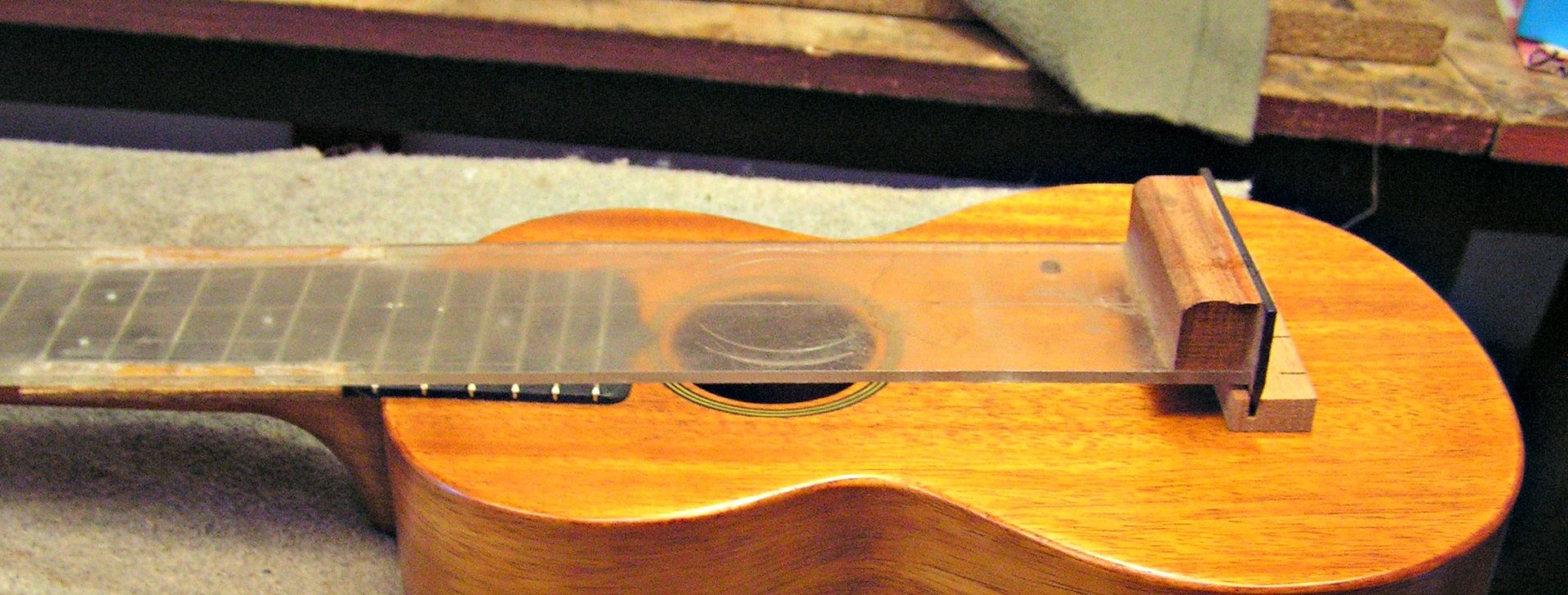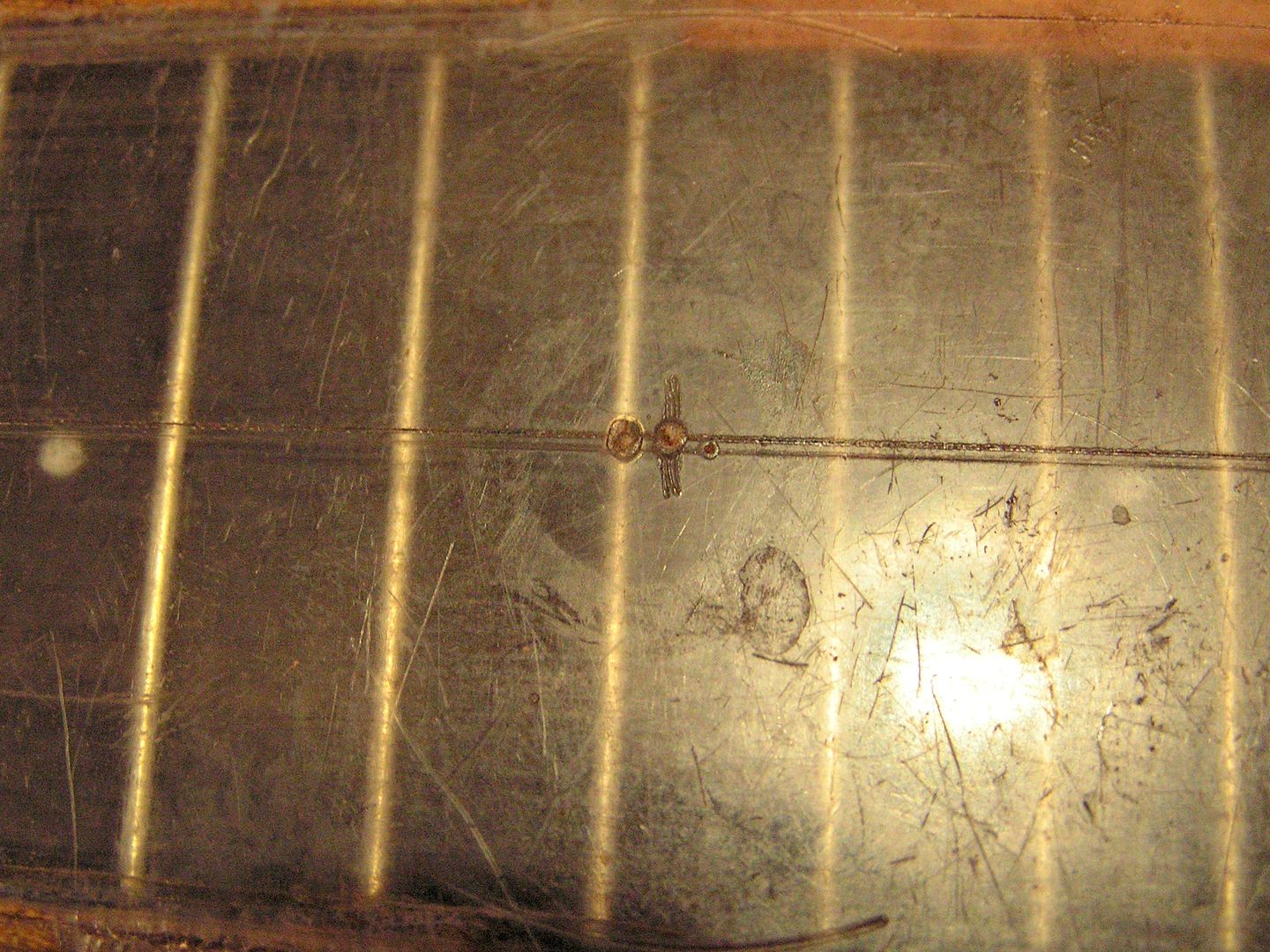anthonyg
Well-known member
Well, I've JUST ABOUT corrected the intonation of most ukuleles I own by placing a matchstick on the fretboard against the nut.
Someone else gave me the idea, probably from here so I thought I should try it at last.
I have plenty of ukuleles that were built with the saddle placed at the theoretical scale length or slightly short of the mark leaving not enough room for compensation. This is probably one of the reasons I'm crabby about the lack of theoretical knowledge of intonation in the industry.
I had read about and seen nut compensation so what I've done is to move the nut contact point towards the 12th fret, which flattens the intonation which compensates for the intonation going sharp due to a lack of saddle compensation.
Sure its not perfect, yet I'm a little gob smacked at how well it worked. There would be a limit to how far you could go when compensating at the nut. The matchsticks are only 1.9mm thick (measured with verniers) yet its been quite effective for me so far.
Now of course if the nut to centre 12th fret distance wasn't accurate in the first place then your adding significant errors at this end of the instrument. For the record I had measured all the instruments up and most were accurate at the nut end but some weren't. If by chance your intonation is going flat then you could compensate for this by adding a spacer at the nut end.
Definitely try this one for yourself.
LOTS easier and cheaper to fiddle with the nut than move a bridge.
Anthony
Someone else gave me the idea, probably from here so I thought I should try it at last.
I have plenty of ukuleles that were built with the saddle placed at the theoretical scale length or slightly short of the mark leaving not enough room for compensation. This is probably one of the reasons I'm crabby about the lack of theoretical knowledge of intonation in the industry.
I had read about and seen nut compensation so what I've done is to move the nut contact point towards the 12th fret, which flattens the intonation which compensates for the intonation going sharp due to a lack of saddle compensation.
Sure its not perfect, yet I'm a little gob smacked at how well it worked. There would be a limit to how far you could go when compensating at the nut. The matchsticks are only 1.9mm thick (measured with verniers) yet its been quite effective for me so far.
Now of course if the nut to centre 12th fret distance wasn't accurate in the first place then your adding significant errors at this end of the instrument. For the record I had measured all the instruments up and most were accurate at the nut end but some weren't. If by chance your intonation is going flat then you could compensate for this by adding a spacer at the nut end.
Definitely try this one for yourself.
LOTS easier and cheaper to fiddle with the nut than move a bridge.
Anthony
Last edited:


